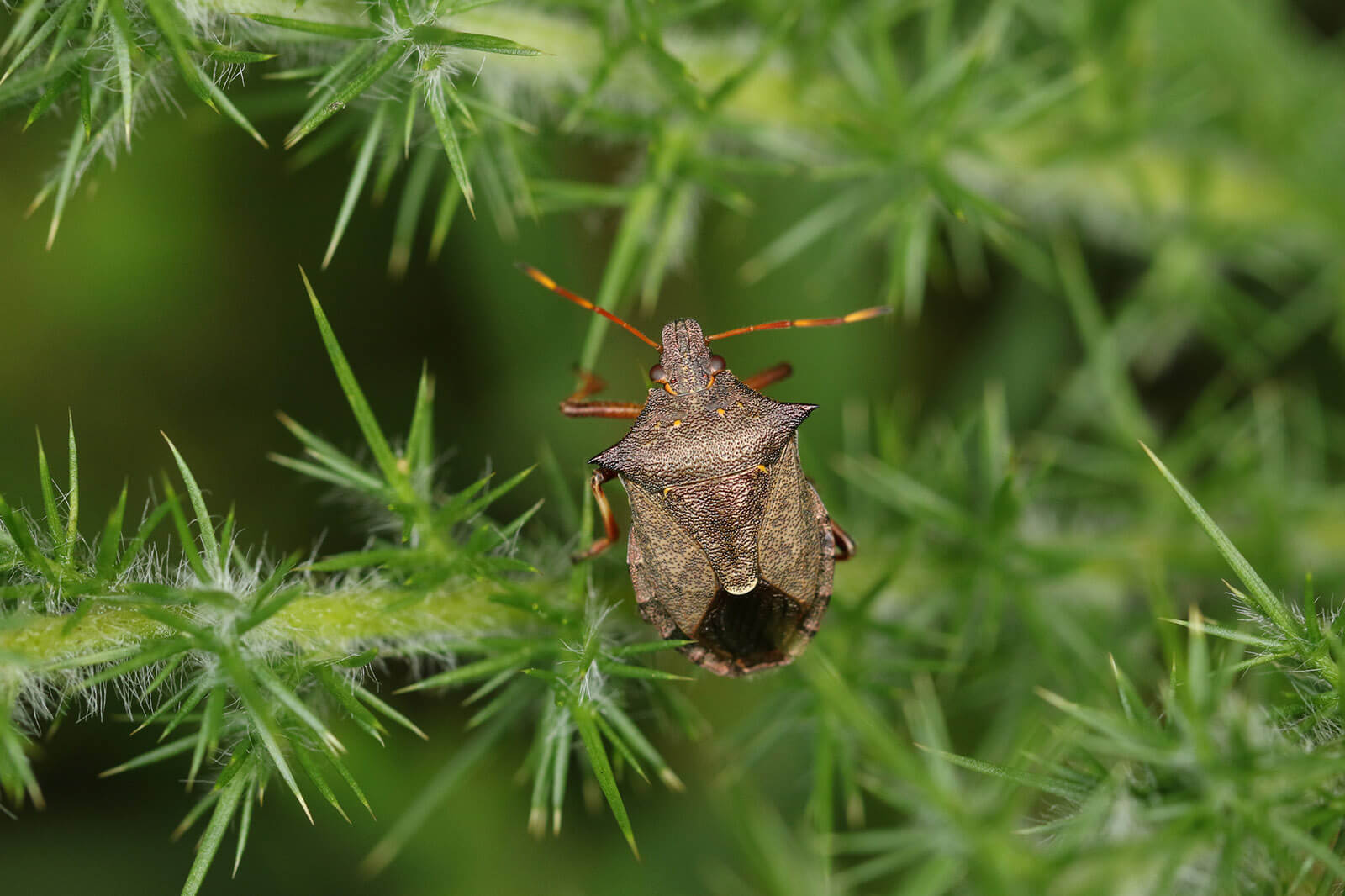

Articles
How To Get Rid Of Stink Bugs In The Garden
Modified: January 9, 2024
Learn effective techniques to eliminate stink bugs from your garden with expert gardening tips and tricks. Safeguard your plants and maintain a bug-free garden through proper pest control methods.
(Many of the links in this article redirect to a specific reviewed product. Your purchase of these products through affiliate links helps to generate commission for Storables.com, at no extra cost. Learn more)
Introduction
Having a beautiful garden is a labor of love, but it can quickly turn into a nightmare when stink bugs invade. These small, shield-shaped insects can wreak havoc on your plants, causing damage and ruining your gardening efforts. But fear not! With the right knowledge and strategies, you can effectively get rid of stink bugs in your garden and reclaim your green oasis.
Stink bugs, scientifically known as Pentatomidae, are notorious pests that feed on a wide range of plants, including fruits, vegetables, and ornamental plants. They are named after the foul odor they emit when disturbed or crushed, which serves as a defense mechanism against predators.
Identifying stink bugs in your garden is crucial to implementing the most appropriate control methods. These insects are generally brown or green, with a distinctive shield-like shape and a set of wings that create a triangular pattern when closed. Stink bugs also have a piercing mouthpart called a rostrum, which they use to suck sap and plant juices.
Stink bug infestations can cause significant damage to your garden. They puncture the fruits, stems, and leaves of plants, leading to deformed or shriveled produce. The damage caused by stink bugs can also provide an entry point for other pests and pathogens, further compromising the health and productivity of your garden.
Preventing stink bug infestations is the first line of defense. Implementing a combination of physical barriers, natural remedies, and insecticides can help keep stink bugs at bay. Regular monitoring and early intervention are key to preventing a minor infestation from escalating into a full-blown invasion.
In this article, we will delve into various methods to control stink bugs and mitigate their damage in your garden. From natural repellents to physical removal and strategic use of insecticides, we have got you covered. Get ready to regain control of your garden and say goodbye to stink bug woes!
Key Takeaways:
- Prevent stink bug infestations by maintaining a clean garden, sealing entry points, and using natural repellents. Implement physical removal and biological control methods for long-term, eco-friendly stink bug management.
- Identify stink bug damage early and utilize natural remedies like diatomaceous earth, garlic spray, and mint to repel stink bugs. Exercise caution when considering insecticides and prioritize the use of biological control agents for sustainable garden pest management.
Read more: How To Get Rid Of Basement Bugs
Understanding Stink Bugs
Before we delve into methods to eliminate stink bugs in your garden, it’s essential to have a better understanding of these pests. Stink bugs belong to the family Pentatomidae, which includes numerous species that can vary in appearance and behavior. The most common ones you’ll encounter in gardens are the brown marmorated stink bug (Halyomorpha halys) and the green stink bug (Chinavia hilaris).
Stink bugs are known for their distinctive shield-like shape, with a broad, flat body and a hard exoskeleton. They range in size from 1/2 inch to 3/4 inch, making them relatively large compared to other garden pests. These insects can come in various colors, such as brown, green, or a combination of the two.
One crucial characteristic of stink bugs is their ability to emit a foul-smelling odor when they feel threatened or crushed. This odor acts as a defense mechanism, deterring predators and potential harm. The smell is often described as a pungent, musty odor and can linger for quite some time in the surrounding area.
Stink bugs undergo a gradual metamorphosis, transitioning through three distinct life stages: eggs, nymphs, and adults. The female stink bugs lay clusters of barrel-shaped eggs on the underside of leaves, usually in the spring or early summer. After hatching, the nymphs go through several molts, gradually growing in size and changing their appearance. Eventually, the nymphs reach adulthood, and the cycle repeats.
These pests are primarily herbivorous, feeding on a wide range of plants and crops. They use their piercing mouthparts, called rostrums, to suck the juices from fruits, vegetables, and plant stems. Stink bugs can cause significant damage to the tissues of these plants, leading to deformities and necrosis. Some crops that are particularly vulnerable to stink bug damage include tomatoes, peppers, corn, and soybeans.
Stink bugs are also known to be attracted to light-colored surfaces, which is why they can often be found congregating on walls, windows, and light fixtures. During the colder months, stink bugs seek shelter in homes and buildings, hibernating until the warmer weather returns.
Now that you have a better understanding of stink bugs and their behavior, it’s time to take a closer look at the signs of stink bug damage in your garden. By identifying these signs early on, you can take proactive measures to protect your plants and prevent a full-on infestation.
Identify Stink Bug Damage in the Garden
Stink bugs can cause significant damage to your garden plants if left unchecked. Identifying stink bug damage early is crucial to implementing appropriate control measures and preventing further infestation. Here are some signs to look out for:
- Deformed or Discolored Fruits: Stink bugs pierce the skin of fruits and vegetables to feed on the juices inside. This puncturing can lead to deformed or misshapen produce, such as tomatoes with dimples or peppers with sunken areas. Additionally, fruits and vegetables may show discoloration or develop hard, corky spots where the stink bugs have fed.
- Brown Spots or Necrotic Tissues: Stink bug feeding can cause browning or necrosis of plant tissues. Leaves, stems, or even entire plants may develop brown or black spots, indicating damage caused by stink bugs.
- Stunted Growth: If you notice that your plants are not growing as vigorously as they should, stink bugs could be to blame. By continuously feeding on the plant’s sap, stink bugs can hinder its growth and overall health.
- Seed Damage: Stink bugs may also target plants before they have a chance to develop fully. They feed on seeds, causing them to become shriveled or deformed, rendering them non-viable for future planting.
- Holes in Leaves or Flowers: Stink bugs may also feed on leaves or flowers, leaving behind distinctive holes. These holes are usually round or irregular in shape and can be a clear indication of stink bug presence in your garden.
It’s important to note that stink bug damage can often be confused with damage caused by other garden pests or environmental factors. To confirm whether stink bugs are responsible for the damage, you may need to conduct a closer inspection. Look for the presence of stink bugs themselves on the plants or nearby surfaces, as well as their characteristic shield-like shape and odor.
Regular monitoring of your garden and promptly addressing any signs of stink bug damage will help you control their population and protect your plants from further harm. With a good understanding of stink bug damage, let’s explore preventive methods to avoid stink bug infestations in the first place.
Prevention Methods for Stink Bug Infestations
Preventing stink bug infestations is essential to protect your garden and plants from damage. By implementing the following prevention methods, you can create a less inviting environment for stink bugs and reduce the likelihood of an infestation:
- Clean and Tidy Garden: Stink bugs are attracted to cluttered and overgrown areas. Keep your garden clean and well-maintained by regularly removing weeds, fallen leaves, and other debris. This reduces potential hiding spots and breeding grounds for stink bugs.
- Seal Entry Points: Stink bugs can enter your home or garden through small cracks and openings. Inspect the exterior of your house and seal any gaps with caulk or weatherstripping. Check windows, doors, vents, and utility openings for potential entry points and address them accordingly.
- Screen Vents and Windows: Install fine mesh screens on windows, doors, and vents to prevent stink bugs from entering your home. Make sure the screens are in good condition, with no tears or holes that stink bugs can squeeze through.
- Plant Selection: Some plants are more attractive to stink bugs than others. Avoid planting high-risk crops, such as tomatoes, peppers, and soybeans, next to structures or in large quantities. Instead, opt for stink bug-resistant varieties or companion plant with flowers and herbs that repel stink bugs.
- Row Covers: Use row covers made of lightweight fabric to physically block stink bugs from reaching your plants. This physical barrier prevents stink bugs from accessing the plants and laying eggs, reducing the risk of infestations.
- Employ Trap Crops: Planting trap crops, such as sunflowers or mustard greens, can divert stink bugs away from your main garden plants. Stink bugs are attracted to these plants, allowing you to monitor and control their population more effectively.
- Natural Predators: Encourage natural predators of stink bugs, such as birds, by providing bird feeders or nesting boxes in your garden. These predators can help keep stink bug populations in check.
- Remove Attractants: Stink bugs are attracted to certain scents and pheromones. Avoid using strong-smelling perfumes, fragrant flowers, or overripe fruits near your house or garden, as they can lure stink bugs closer.
By following these preventive measures, you can create a less favorable environment for stink bugs and greatly reduce the chances of an infestation in your garden. However, if you find stink bugs have already infiltrated your plants, it’s important to address the situation promptly. In the next section, we will explore natural remedies to repel stink bugs and keep them at bay.
Natural Remedies to Repel Stink Bugs
If stink bugs have already invaded your garden, you can use natural remedies to repel and deter them from causing further damage. These methods are safe for both your plants and the environment. Here are some effective natural remedies to consider:
- Diatomaceous Earth: Apply a thin layer of food-grade diatomaceous earth around your plants. This powdery substance dehydrates and kills stink bugs upon contact.
- Garlic Spray: Crush several cloves of garlic and steep them in water overnight. Strain the mixture and add a few drops of dish soap. Transfer the solution to a spray bottle and apply it on and around your plants to repel stink bugs.
- Neem Oil: Neem oil is a natural insecticide with repellent properties. Dilute neem oil according to the instructions on the packaging and spray it on your plants to deter stink bugs.
- Hot Pepper Spray: Blend hot peppers, such as jalapenos or habaneros, with water and strain the mixture. Add a few drops of dish soap to help the solution adhere to plant surfaces. Spray this hot pepper spray on your plants to repel stink bugs.
- Mint or Spearmint: Stink bugs dislike the smell of mint. Plant mint or spearmint around your garden or use dried mint leaves as a natural repellent. You can also make a mint-infused spray to deter stink bugs.
- Essential Oils: Stink bugs are repelled by certain essential oils, such as peppermint, lavender, and citrus oils. Dilute a few drops of these oils in water and spray the solution on your plants to deter stink bugs.
- Sticky Traps: Place sticky traps near your plants to capture stink bugs. These traps are coated with adhesive substances that attract and trap the bugs when they come into contact.
- Introduce Beneficial Insects: Predatory insects, such as ladybugs and lacewings, feed on stink bugs and their eggs. Attract and introduce these beneficial insects to your garden to naturally control the stink bug population.
Remember to reapply or refresh these natural remedies regularly, especially after rainfall or irrigation, to ensure their effectiveness. Combination approaches, such as using a combination of garlic spray and diatomaceous earth, can provide even better results in repelling stink bugs.
While natural remedies are effective in deterring stink bugs, they may not eliminate all of them. For severe infestations or persistent problems, further steps may be necessary. In the following sections, we will explore physical removal techniques and the strategic use of insecticides to control stink bugs effectively.
To get rid of stink bugs in the garden, try using a natural insecticide like neem oil or a soap and water solution. You can also introduce natural predators like ladybugs or lacewings to help control the stink bug population. Regularly inspect and remove any stink bug eggs or nymphs to prevent further infestation.
Read more: How To Get Rid Of Bugs On Mums
Physical Removal of Stink Bugs
If you spot stink bugs in your garden, one of the most immediate and effective methods of control is physical removal. While it may not eradicate the entire stink bug population, it can help reduce their numbers and prevent further damage to your plants. Here are some methods for physically removing stink bugs:
- Handpicking: Wearing gloves, simply pick off stink bugs and drop them into a bucket of soapy water. This method is best done in the early morning or late evening when the stink bugs are slower and less active.
- Vacuuming: Attach a stocking or pantyhose to the end of a vacuum cleaner nozzle and secure it in place. Use the vacuum to gently suck up stink bugs without crushing them. Empty the contents of the vacuum into a bag, seal it, and dispose of it in an outdoor trash bin.
- Double-sided Tape: Place double-sided tape or sticky traps around your plants to catch stink bugs as they crawl or fly. The sticky surface will trap the bugs, preventing them from reaching the plants.
- Knocking Into a Bucket: Hold a bucket of soapy water beneath a stink bug and gently tap it or shake the branch the bug is on. This will cause the stink bug to fall into the bucket, where it will drown.
- Use a Shop-Vac: If you have a shop-vac with a long attachment, you can suck up stink bugs directly from your plants. Empty the shop-vac contents into a bag, seal it, and dispose of it outside.
When physically removing stink bugs, it’s important to handle them with care. Try to avoid crushing them, as this can release the foul odor they are known for. Ensure you wear gloves or use a tool to handle the bugs and dispose of them properly to prevent them from returning to your garden.
While physical removal is a useful method for immediate control, it may not completely eliminate stink bugs from your garden. In cases of severe infestations or when other control methods are not effective, the strategic use of insecticides can be considered. We will explore this topic in the next section.
Using Insecticides to Control Stink Bugs
When natural remedies and physical removal methods aren’t enough to manage stink bug populations effectively, the strategic use of insecticides can provide an additional line of defense. Before using insecticides, it’s important to remember that these products contain chemicals that can be harmful to the environment, beneficial insects, and even humans if not used correctly. Follow these guidelines when using insecticides to control stink bugs in your garden:
- Targeted Spraying: Only apply insecticides directly to the affected plants and areas where stink bugs are present. Avoid spraying the entire garden, as this can harm beneficial insects and disrupt the natural balance of your ecosystem.
- Choose the Right Insecticide: Look for insecticides labeled specifically for stink bugs and follow the instructions provided on the packaging. Consider using products that contain ingredients like pyrethroids or neonicotinoids, which are effective against stink bugs.
- Apply in the Evening: Stink bugs are more active during the day, so it’s best to apply insecticides in the evening when they are more likely to come into contact with the treated surfaces.
- Proper Protective Gear: Wear protective gear, such as gloves, goggles, and a mask, when applying insecticides. Follow the safety precautions outlined on the product’s label to protect yourself from potential hazards.
- Follow Application Instructions: Read and follow the directions on the insecticide’s label carefully. Apply the recommended amount and ensure thorough coverage of the targeted plants.
- Monitor and Reapply: Keep an eye on your plants after applying insecticides. If stink bug activity persists, consider reapplying according to the suggested timeframe provided by the manufacturer.
- Consider Organic Options: If you prefer organic methods, opt for insecticidal soaps or botanical insecticides that are formulated to be environmentally friendly and safe for beneficial insects.
It’s important to note that insecticides should be used as a last resort when other control methods have failed or when stink bug populations are causing significant damage to your garden. Always follow the instructions on the label and exercise caution to minimize the impact on the environment and the overall health of your garden.
While insecticides can provide short-term control, it’s crucial to incorporate preventive measures and natural remedies to achieve long-term management of stink bugs in your garden.
In the next section, we will explore another approach to stink bug control: utilizing biological control agents to naturally manage stink bug populations.
Biological Control of Stink Bugs
Biological control is a natural and sustainable method of managing stink bug populations by introducing or encouraging natural predators and parasites that feed on these pests. By harnessing the power of nature, you can create a balance in your garden ecosystem and reduce stink bug populations. Here are some biological control methods to consider:
- Beneficial Insects: Introduce or attract beneficial insects that feed on stink bugs. Ladybugs, lacewings, assassin bugs, and parasitic wasps are known to be effective natural predators of stink bugs. Planting flowers and herbs that attract these beneficial insects can help increase their presence in your garden.
- Birds: Create a bird-friendly environment in your garden by providing bird feeders, birdbaths, and nesting boxes. Birds, such as cardinals, sparrows, and bluebirds, will prey on stink bugs and help keep their populations in check.
- Attract Native Wildlife: Encourage native wildlife, such as toads, frogs, or lizards, in your garden. These creatures feed on insects, including stink bugs, and can help control their populations naturally.
- Trap Beetles: Some species of ground beetles feed on stink bug eggs and nymphs. By creating a welcoming habitat for these beetles, such as providing mulch or ground cover, you can enhance their population and promote stink bug suppression.
- Microbial Control: Certain microbial-based insecticides, such as those containing the fungus Beauveria bassiana, can target and kill stink bugs. These products are considered safe for humans, beneficial insects, and the environment.
- Encourage Biodiversity: Creating a diverse and resilient garden ecosystem is key to natural pest control. Plant a variety of flowers, herbs, and native plants to attract different beneficial insects and organisms that can help control stink bugs.
Implementing biological control methods may take time to yield noticeable results. It’s important to have patience and allow the natural predators to establish themselves in your garden. By providing a conducive environment for these beneficial organisms, you can achieve long-term control of stink bugs and maintain a healthy and balanced garden ecosystem.
While biological control is an effective approach, it may not completely eradicate stink bugs in all situations. If stink bug populations are already causing significant damage, you may need to combine biological control methods with other strategies, such as physical removal or judicious use of insecticides.
Now that you have learned about various methods to control stink bugs in your garden, it’s time to apply these techniques and take back control of your plants. By implementing preventive measures, utilizing natural remedies, and fostering a balanced ecosystem, you can effectively manage stink bugs and enjoy a thriving and pest-free garden.
Remember to regularly monitor your garden, address any signs of stink bug damage promptly, and adapt your control strategies as needed. With patience and perseverance, you can successfully protect your garden from stink bug infestations and ensure the health and productivity of your plants.
Conclusion
Dealing with stink bugs in the garden can be frustrating, but with the right knowledge and techniques, you can effectively control and prevent their infestations. Understanding the behavior and characteristics of stink bugs is the first step in implementing successful control measures. Identifying stink bug damage early on allows you to take proactive steps to protect your plants and minimize the impact of these pests.
Prevention is key to avoiding stink bug infestations. Keeping your garden clean and tidy, sealing entry points, and selecting less attractive plants can make your garden less inviting to stink bugs. Implementing physical barriers, such as row covers, and using trap crops can help divert and control stink bug populations.
Natural remedies, such as diatomaceous earth, garlic spray, and mint, can repel stink bugs without harmful chemicals. Physical removal methods, including handpicking and vacuuming, can provide immediate relief and help reduce stink bug numbers in your garden. When necessary, judicious use of insecticides can be considered, but should be used as a last resort and with caution to minimize negative impacts on the environment.
Harnessing biological control agents, such as beneficial insects and birds, can create a natural balance in your garden ecosystem and assist in controlling stink bugs. Encouraging biodiversity and creating a welcoming environment for these natural predators can enhance your garden’s resistance to stink bug infestations.
Remember, managing stink bugs is an ongoing process. Regular monitoring, early intervention, and adapting your control strategies as needed are crucial for long-term success. By implementing a combination of prevention methods, natural remedies, physical removal, and biological control, you can effectively manage stink bugs and maintain a healthy, pest-free garden.
With patience, persistence, and a proactive approach, you can overcome stink bug challenges and enjoy the beauty and productivity of your garden without the unwelcome presence of these pests. Embrace the journey, stay vigilant, and let your gardening expertise shine as you maintain an oasis free from stink bug nuisances.
Frequently Asked Questions about How To Get Rid Of Stink Bugs In The Garden
Was this page helpful?
At Storables.com, we guarantee accurate and reliable information. Our content, validated by Expert Board Contributors, is crafted following stringent Editorial Policies. We're committed to providing you with well-researched, expert-backed insights for all your informational needs.

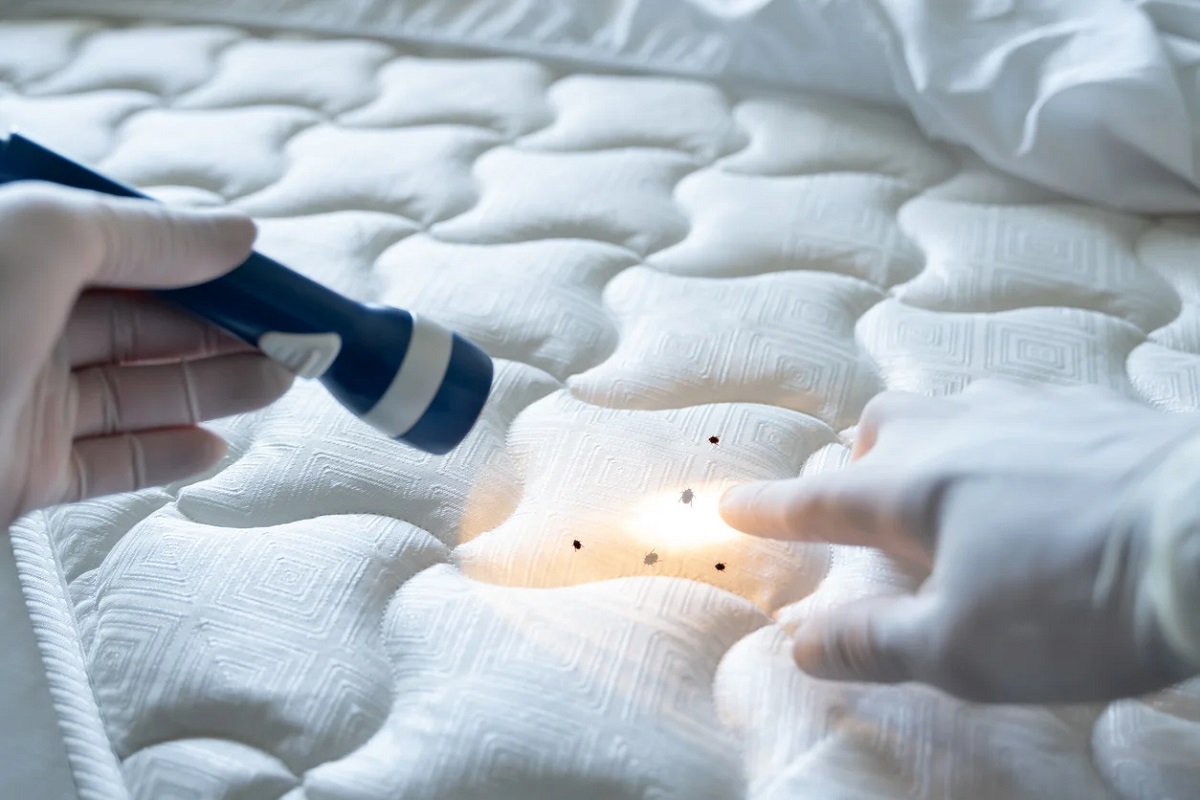
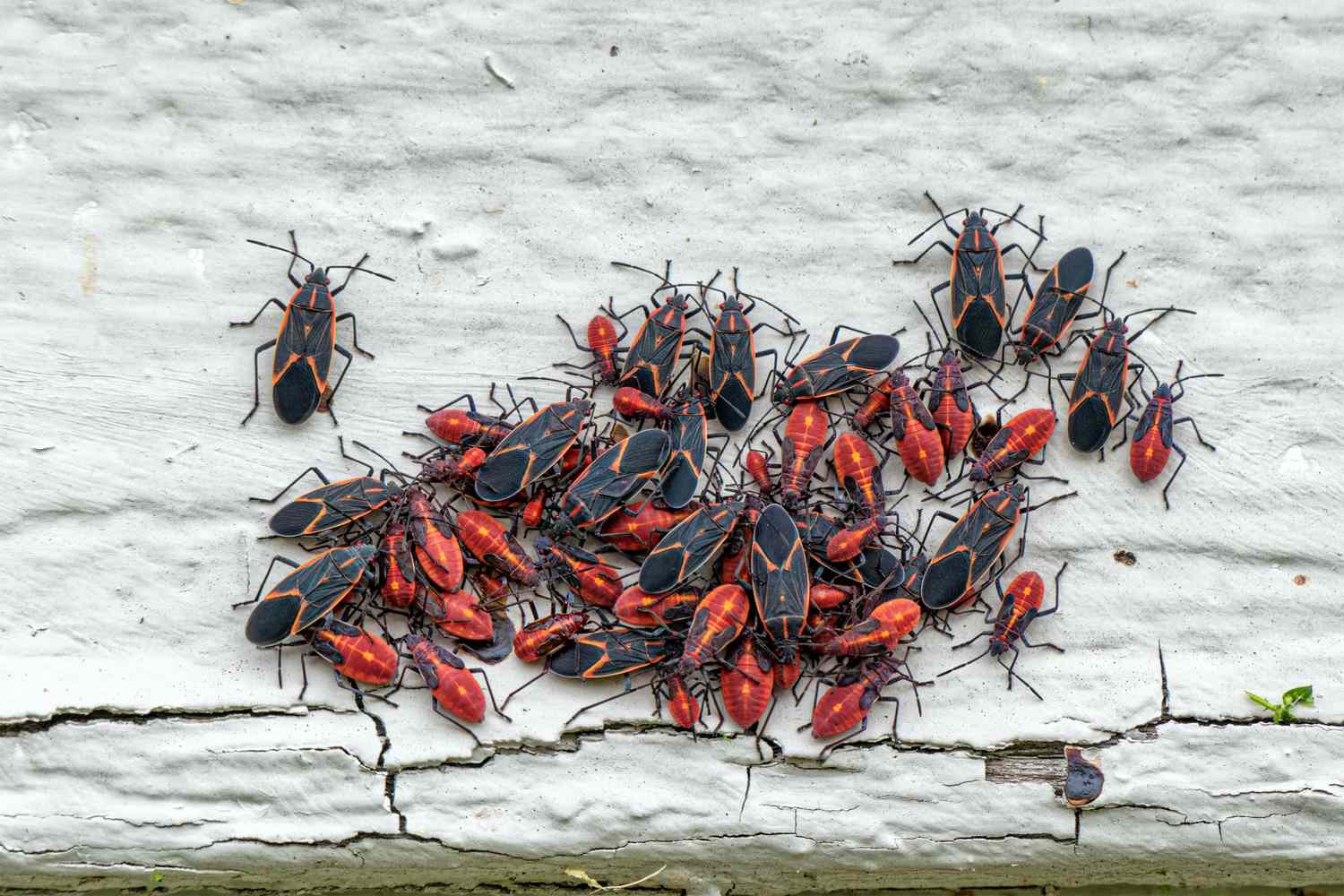
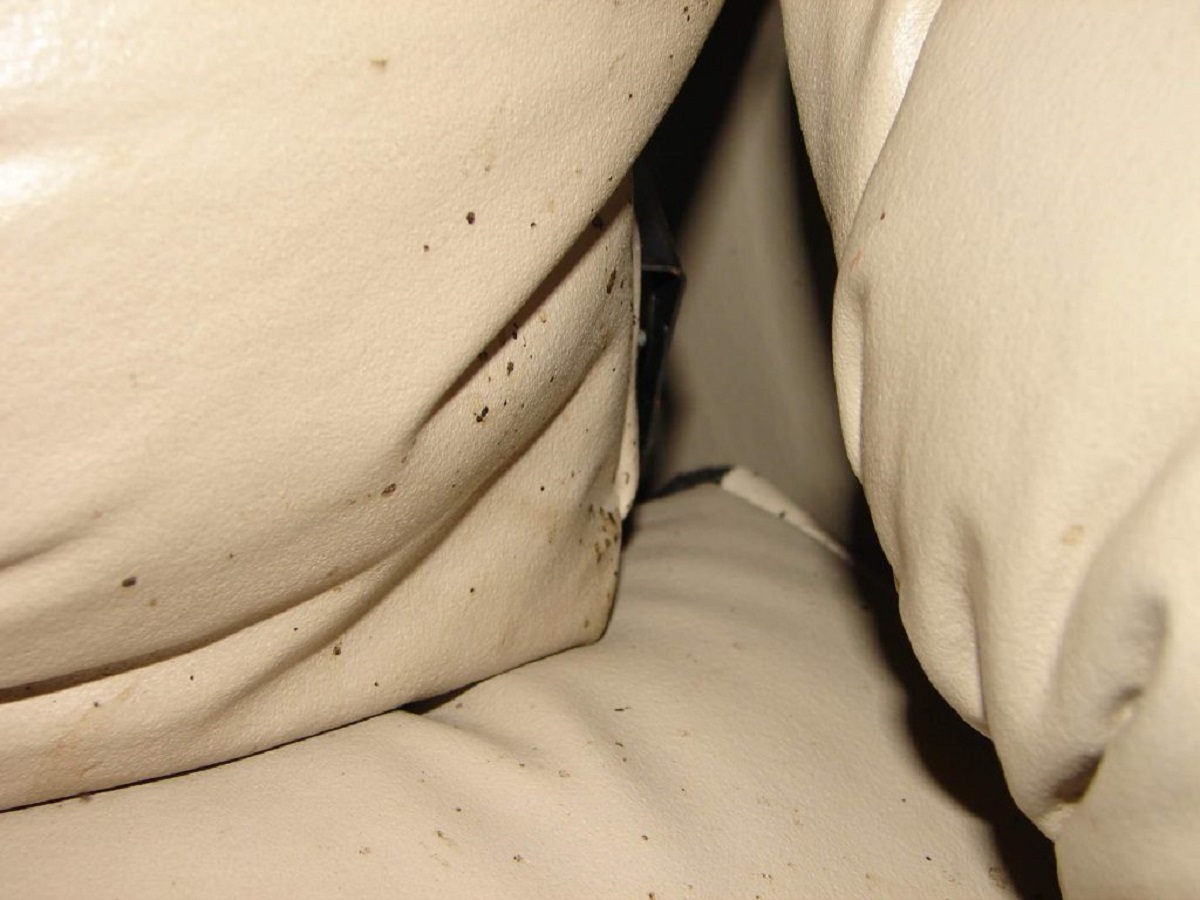
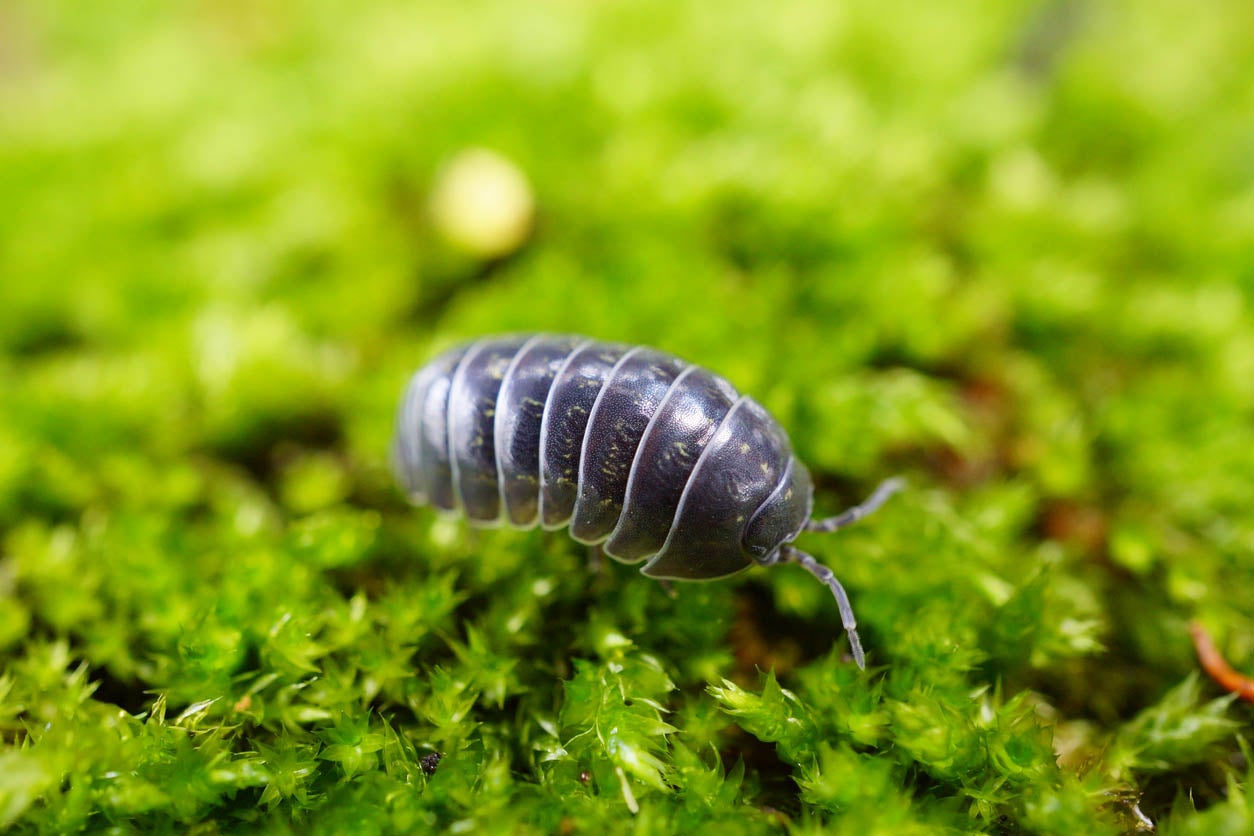


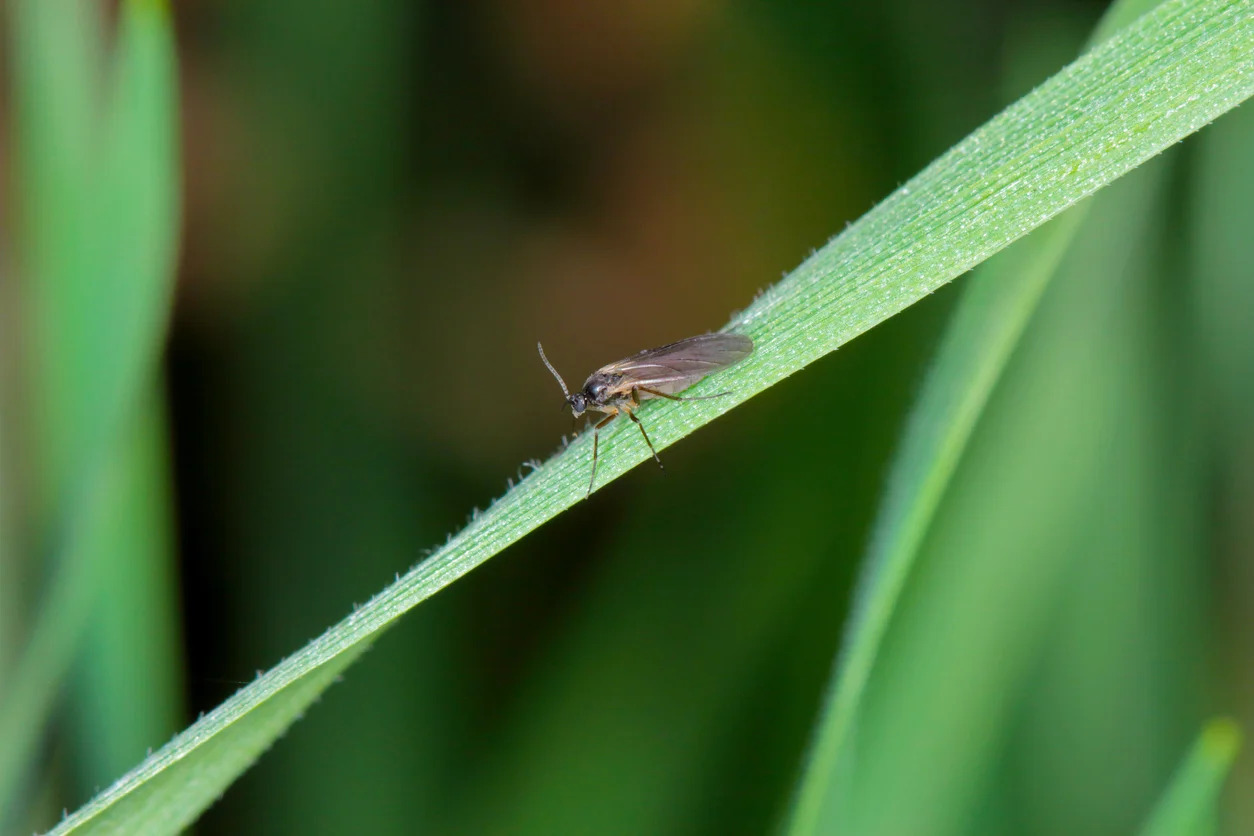

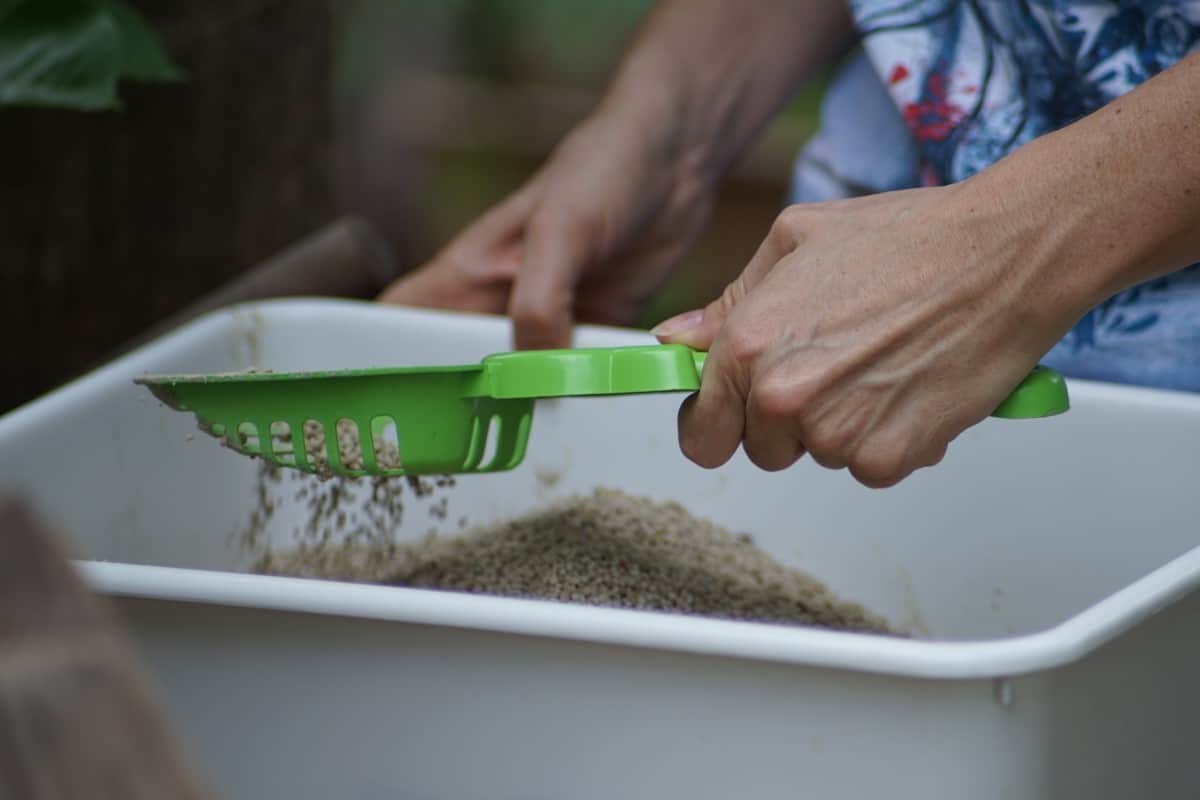
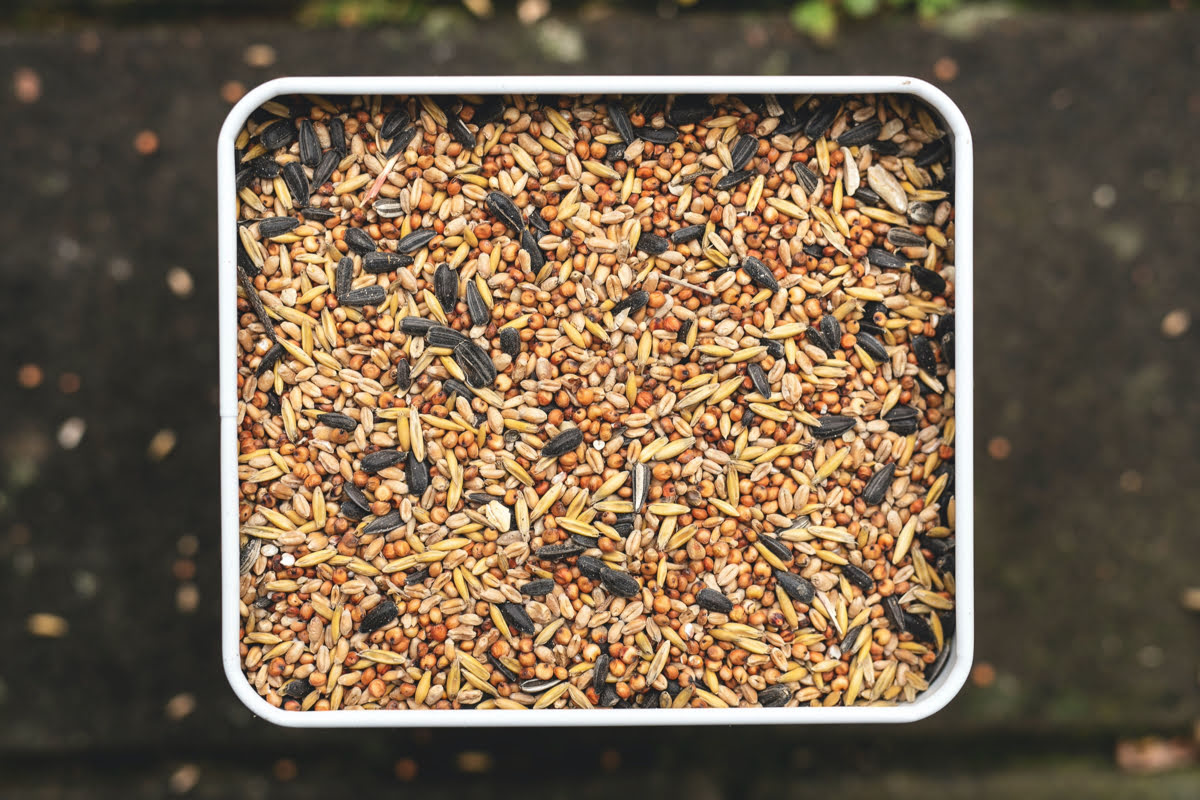

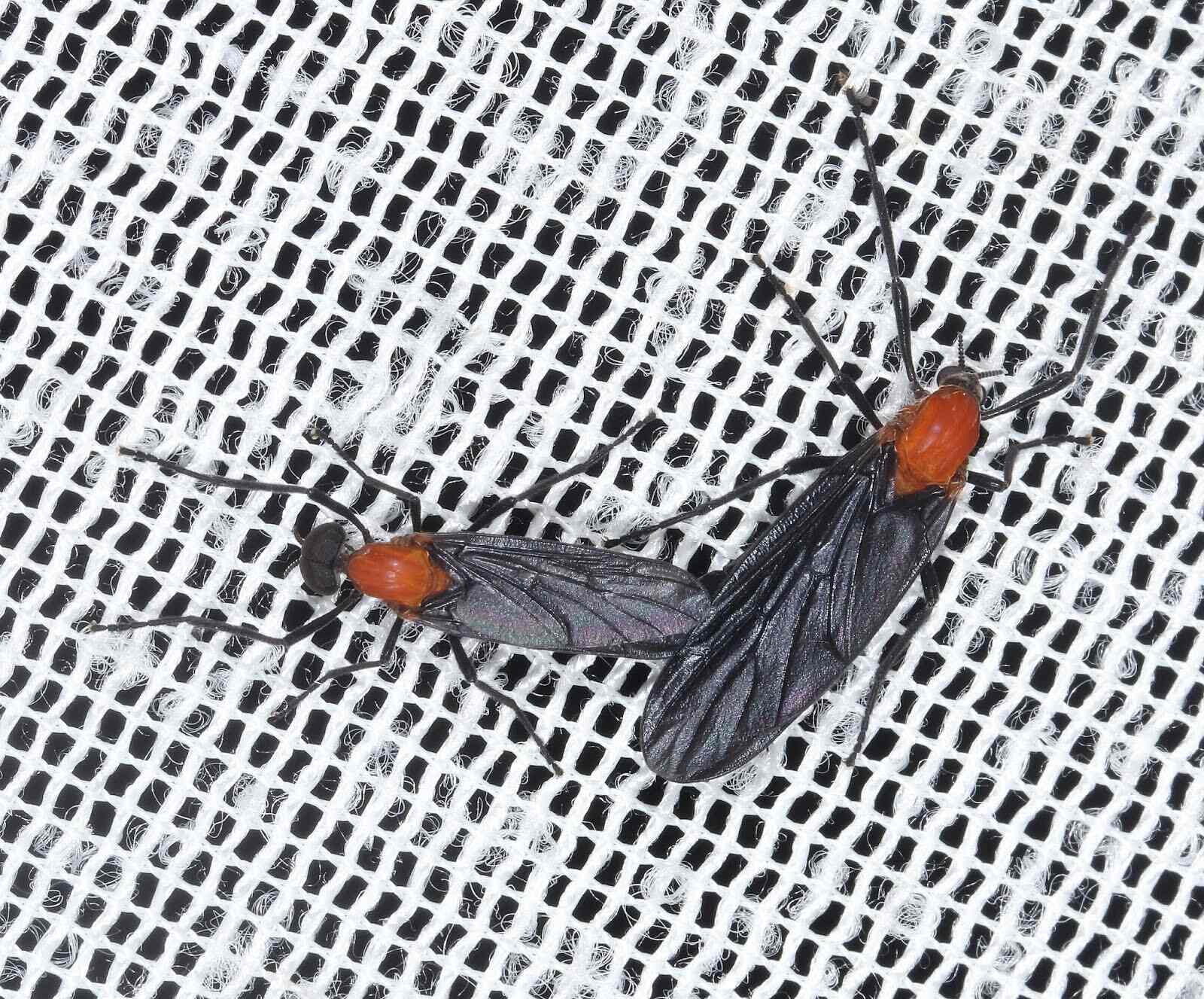
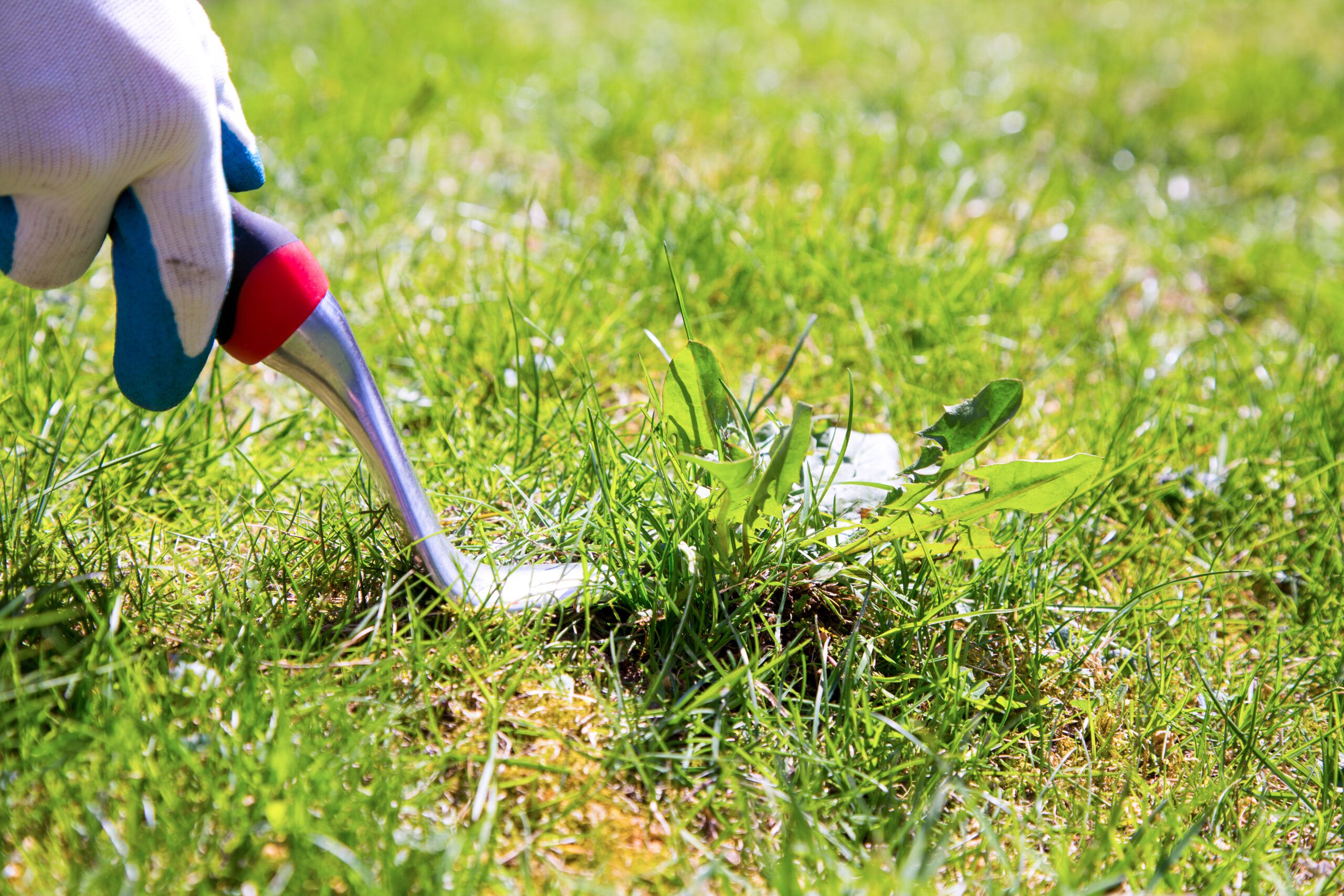

0 thoughts on “How To Get Rid Of Stink Bugs In The Garden”